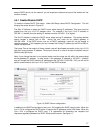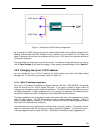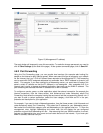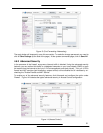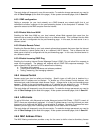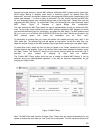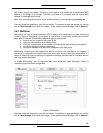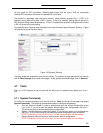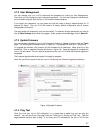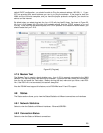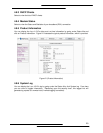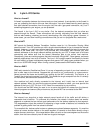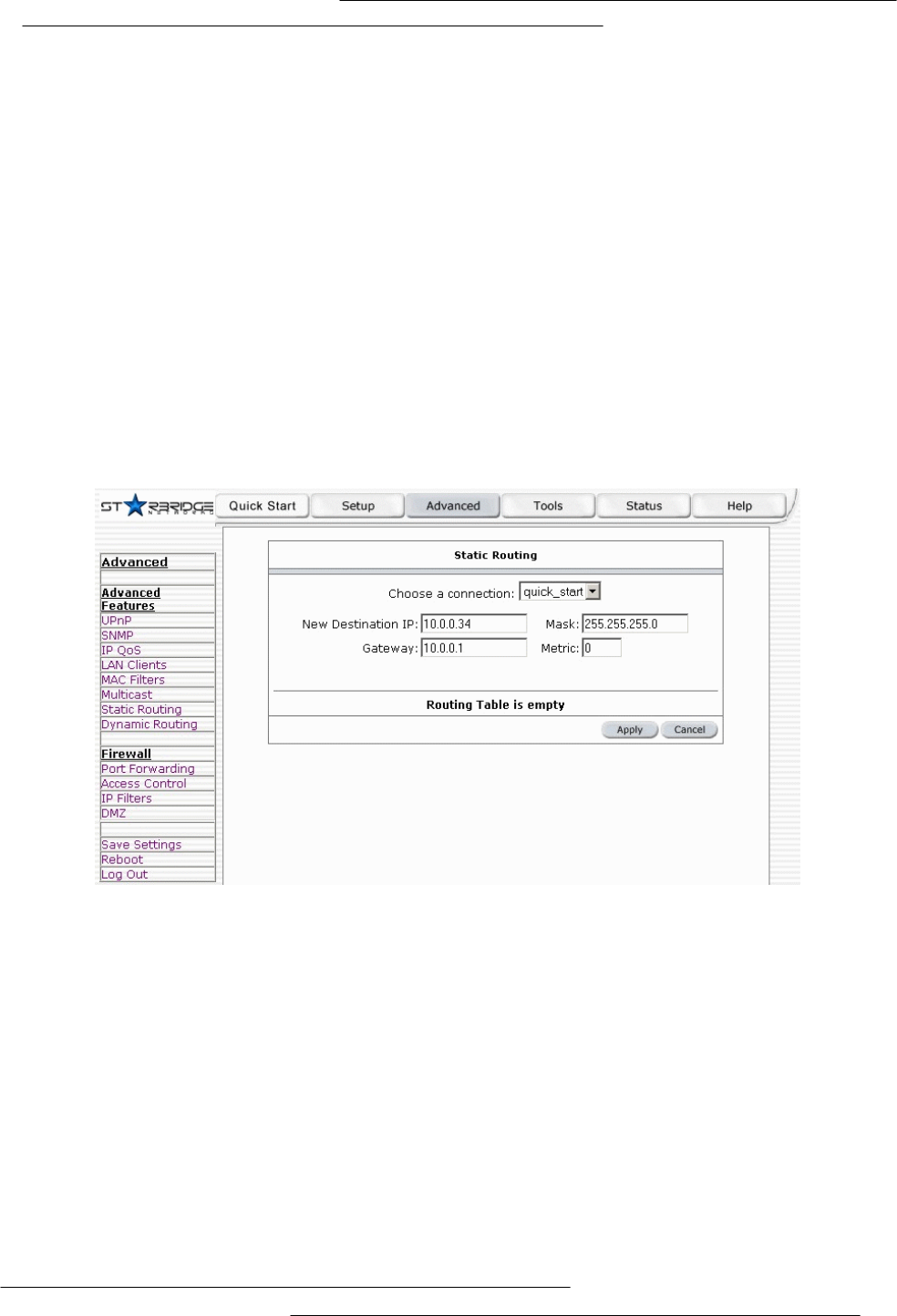
25
4.6.8 Static Routing
If the Lynx L-210 is connected to more than one network, you may need to set up a static route
between them. A static route is a pre-defined pathway that network information must travel to reach
a specific host or network. You can use static routing to allow different IP domain users to access
the Internet through the Lynx L-210.
The New Destination IP is the address of the remote LAN network or host to which you want to
assign a static route. Enter the IP address of the host for which you wish to create a static route
here. For a standard Class C IP domain, the network address is the first three fields of the New
Destination IP, while the last field should be 0. The Subnet Mask identifies which portion of an IP
address is the network portion, and which portion is the host portion. For a full Class C Subnet, the
Subnet Mask is 255.255.255.0. The Gateway IP address should be the IP address of the gateway
device that allows for contact between the Gateway and the remote network or host. The Hop
Count determines the maximum number of steps between network nodes that data packets will
travel. A node is any device on the network (such as a router or switch)
To enable Static Routing, from the Home screen, click Advanced and under Advanced, select Static
Routing. Figure 17 illustrates a typical Static Route.
Figure 17 (Static Routing)
The apply button will temporarily save this connection. To make the change permanent you need to
click on Save Settings (at the side of the page). At the system commands page, click on Save All.
4.6.9 Dynamic Routing
Dynamic Routing allows the Lynx L-210 to automatically adjust to physical changes in the network.
The Lynx L-210, using the RIP protocol, determines the network packets’ route based on the fewest
number of hops between the source and the destination. The RIP protocol regularly broadcasts
routing information to other Lynx L-210s on the network.
The Direction determines the direction that RIP routes will be updated. Selecting In means that the
Lynx L-210 will only incorporate received RIP information. Selecting Out means that the Lynx L-210



